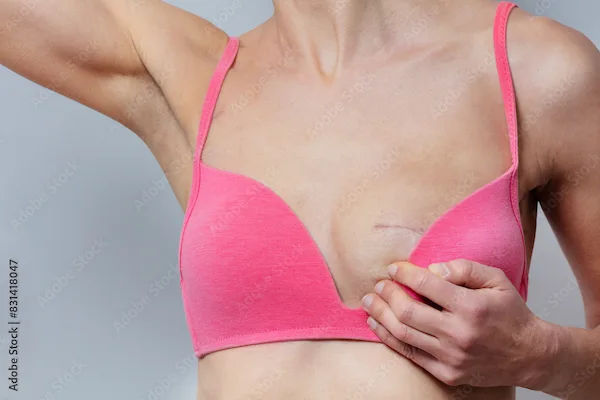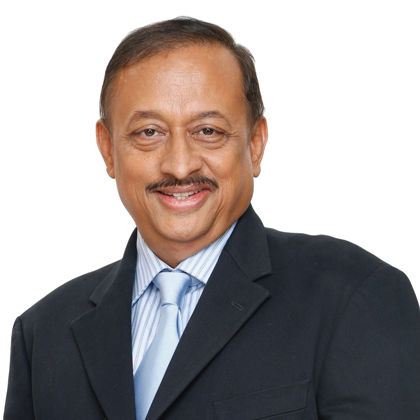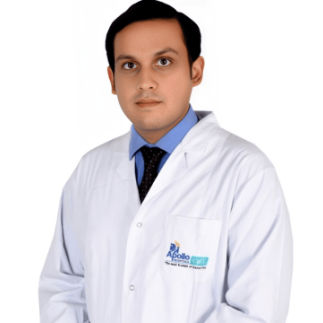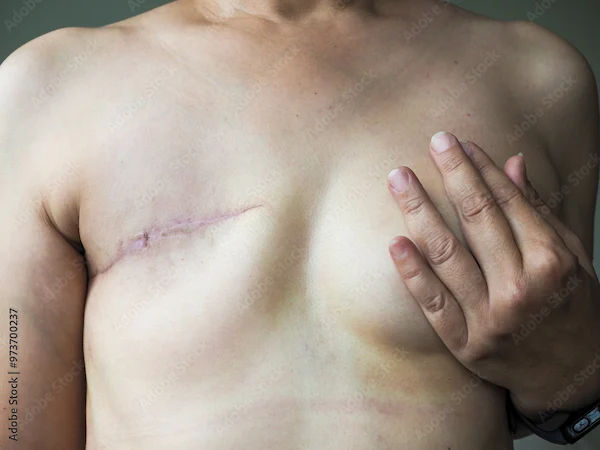Mastectomy Vs Mammectomy
Understand the key differences between mastectomy and mammectomy, two surgical procedures related to breast health. Learn about their purposes, types, and when each is recommended for better-informed medical decisions.

Written by Dr.Sonia Bhatt
Last updated on 14th Jul, 2025

Introduction
Facing breast surgery can be overwhelming, especially when medical terms like mastectomy and mammectomy sound similar but have different implications. If you or a loved one is considering or has been advised to undergo one of these procedures, it’s important to understand what they involve, why they might be recommended, and how they affect your health and recovery. This article breaks down the differences between mastectomy and mammectomy in simple terms, helping you make informed decisions about your care.
What Is a Mastectomy?
A mastectomy is a surgical procedure where the entire breast is removed, usually to treat or prevent breast cancer. Depending on your condition, different types of mastectomies may be recommended:
1. Total (Simple) Mastectomy: Removal of the entire breast, including the nipple and areola, but not the lymph nodes or muscles beneath.
2. Modified Radical Mastectomy: Removal of the entire breast along with some lymph nodes under the arm (axillary lymph nodes).
3. Skin-Sparing Mastectomy: Removal of breast tissue while preserving most of the skin, often used when breast reconstruction is planned.
4. Nipple-Sparing Mastectomy: Removal of breast tissue while keeping the nipple and areola intact (suitable for some early-stage cancers).
Why Is a Mastectomy Done?
Reasons why a mastectomy is done are:
To treat breast cancer, especially if the tumour is large or affects multiple areas.
As a preventive measure for high-risk individuals (e.g., those with BRCA gene mutations).
When radiation therapy is not an option.
Recovery After Mastectomy
Hospital stay: Usually 1-2 days.
Recovery time: 4-6 weeks, with gradual return to normal activities.
Possible side effects: Pain, swelling, numbness, or limited arm movement. Physical therapy can help.
What Is a Mammectomy?
The term mammectomy is sometimes used interchangeably with mastectomy, but it can also refer to a partial mastectomy (lumpectomy), where only the tumour and some surrounding tissue are removed, not the entire breast.
Types of Partial Mastectomy (Lumpectomy)
1. Lumpectomy: Removal of the tumour and a small margin of healthy tissue.
2. Quadrantectomy: Removal of a larger portion of the breast (about one-quarter).
Why Is a Mammectomy (Lumpectomy) Done?
Reasons why a mammectomy is done are:
For early-stage breast cancer when the tumour is small.
When preserving the breast is a priority.
Usually followed by radiation therapy to kill any remaining cancer cells.
Recovery After Mammectomy (Lumpectomy)
Hospital stay: Often outpatient (same-day surgery).
Recovery time: 1-2 weeks, with minimal restrictions.
Side effects: Mild pain, bruising, and temporary swelling.
Which One Is Right for You?
The choice between mastectomy and mammectomy depends on:
Cancer stage and size: Larger or multiple tumors may require mastectomy.
Personal preference: Some prefer breast preservation (lumpectomy + radiation).
Genetic risk: High-risk patients may opt for preventive mastectomy.
Overall health: Some medical conditions may influence the decision.
Your doctor will guide you based on your specific case.
Life After Breast Surgery: Tips for Recovery and Emotional Well-being
Here’s what happens after a breast surgery:
1. Physical Recovery Tips
Follow post-op care instructions: Keep the surgical area clean and dry.
Manage pain: Take prescribed medications and use ice packs if needed.
Gentle exercises: Arm stretches can prevent stiffness (ask your doctor first).
Wear a supportive bra: Helps with comfort and healing.
2. Emotional Support
Seek counselling or support groups: Talking to others who’ve had similar experiences can help.
Consider breast reconstruction: Discuss options with a plastic surgeon if desired.
Practice self-care: Allow yourself time to heal emotionally and physically.
3. Diet and Lifestyle Changes
Eat a balanced diet: Focus on protein, fruits, and vegetables for healing.
Stay active: Light walking helps circulation and recovery.
Avoid smoking and alcohol: These can slow healing.
When to Consult a Doctor
If you experience:
Severe pain, redness, or swelling.
Fever or signs of infection.
Persistent drainage from the incision.
Don’t hesitate to reach out to your healthcare provider.
Conclusion
Both mastectomy and mammectomy (lumpectomy) are effective treatments for breast cancer, with different benefits depending on your situation. The most important thing is to discuss your options with a specialist who can guide you based on your health, cancer stage, and personal preferences.
Consult Top Breast Surgeon
Consult Top Breast Surgeon

Dr. Jayanti Thumsi
Breast Surgeon
21 Years • MBBS,MS,Clinical Attachment
Bengaluru
Apollo Hospitals Bannerghatta Road, Bengaluru
(200+ Patients)

Dr Nita S. Nair
Breast Surgeon
11 Years • "MBBS, MS (General Surgery), MCh (Surgical Oncology) MRCS (Ed.) "
Mumbai
Apollo Hospitals CBD Belapur, Mumbai
(75+ Patients)

Dr Shaikat Gupta Director Surgical Onco
Surgical Oncologist
34 Years • MBBS (University Gold Medalist), MS, FRCSEd
Kolkata
Apollo Multispeciality Hospitals , Kolkata, Kolkata
(225+ Patients)

Dr. Anup Dhir
Plastic Surgeon
38 Years • MBBS, MS, MCh (Plastic & Reconstructive Surg.), FECSM
Delhi
Apollo Hospitals Indraprastha, Delhi

Dr. Aniket Dave
Plastic Surgeon
8 Years • MBBS, MS (General Surgery), MCh (Plastic and Reconstructive Surgery)
Ahmedabad
Apollo Hospitals - Gandhinagar, Ahmedabad, Ahmedabad




